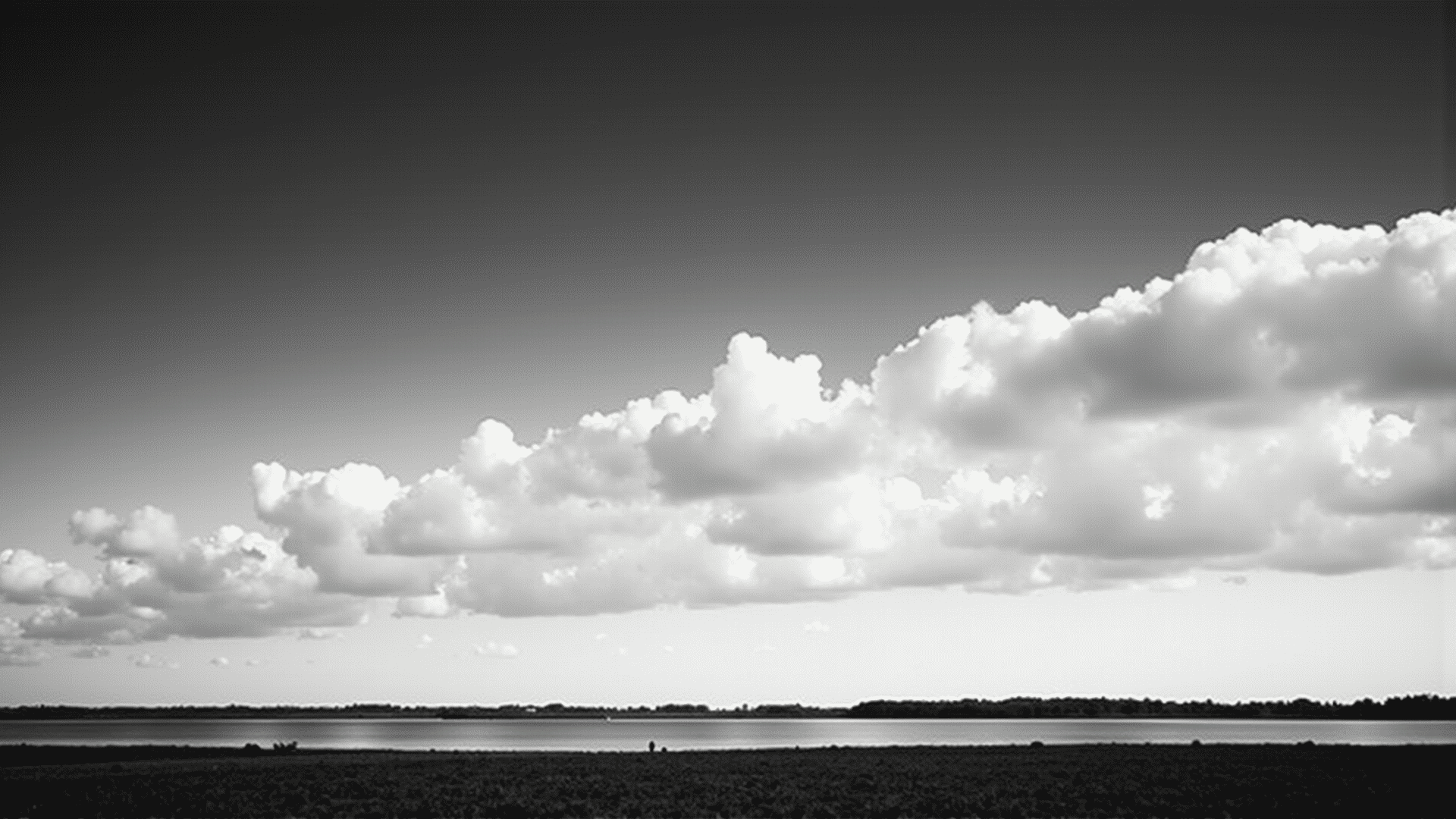Understanding the nuances of photo composition can dramatically enhance the aesthetic appeal of your photographs. This foundational aspect of photography revolves around strategically arranging visual elements within the frame to produce compelling and balanced images. The following discussion explores vital techniques that can elevate your skills and transform the ordinary into extraordinary.
Rule of Thirds
The rule of thirds is a widely recognized guideline in the realm of photography. It involves dividing the frame into nine equal parts using two horizontal and two vertical lines. Placing key elements along these lines or at their intersections typically results in more balanced compositions. This method helps photographers create images that are dynamic and engaging, encouraging the viewer's eye to move naturally across the scene.
Leading Lines
Leading lines guide the viewer's gaze through an image, often leading to the focal point. These can be literal lines in the form of roads, paths, or bridges, but they can also be implied lines suggested by elements like a series of lampposts or a row of trees. Utilizing leading lines effectively can add depth and dimension to your photographs.
Framing
Framing involves using elements within the photograph to create a "frame" around the subject. This technique draws attention to the main subject and can add context or a new layer of meaning to the image. Natural frames, such as archways, tree branches, or windows, are particularly effective in directing focus and adding depth.
Symmetry and Patterns
Symmetry in photography provides a sense of balance and harmony, often leading to captivating results. Seek out symmetrical compositions in architecture, reflections, or landscapes to emphasize visual balance. Additionally, incorporating patterns—whether natural or manmade—can add intrigue and texture to your images.
Background and Foreground
Awareness of both the background and foreground is crucial in composition. The background should complement, rather than compete with, the subject. A cluttered or distracting background can diminish the impact of the main subject. Conversely, a well-chosen foreground element can add context, leading the viewer into the scene and enhancing the sense of depth.
Depth of Field
Controlling the depth of field can significantly affect the mood and emphasis within a photograph. A shallow depth of field isolates the subject from a blurred background, drawing attention directly to it. Meanwhile, a greater depth of field includes more of the scene in focus, ideal for landscapes and scenes where detail across the image is important.
Adjusting Perspectives
Don't hesitate to experiment with different perspectives. Shooting from high above, low to the ground, or from unconventional angles can offer a fresh view and highlight unique aspects of your subject. Changing perspective can transform an image and provide a new vantage point that surprises and captivates the viewer.
In conclusion, mastering photo composition is all about practice and experimentation. By becoming attuned to these guidelines and patiently honing your skills, you can create images that not only capture moments but also evoke emotion and interest. Remember, successful compositions often break rules, so be bold and allow your creativity to guide you.
